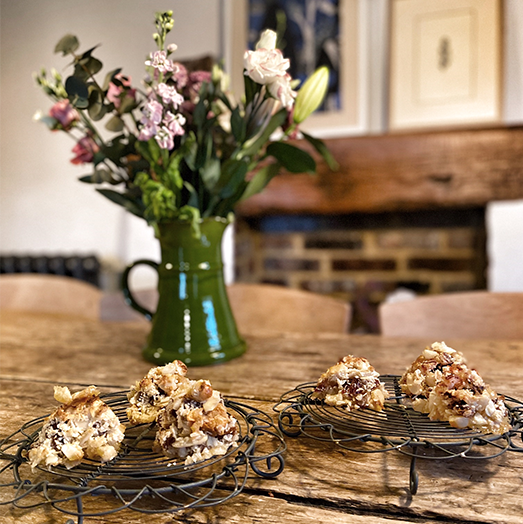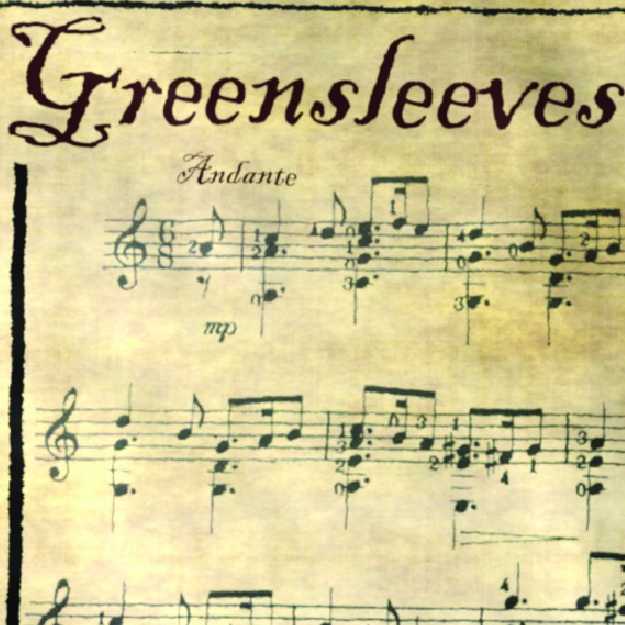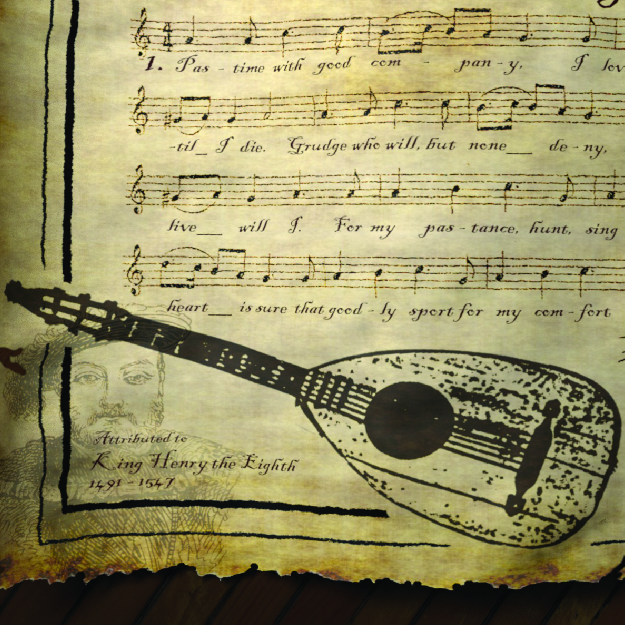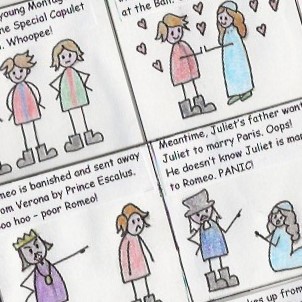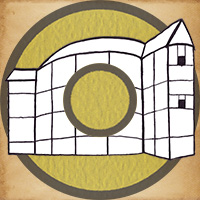 Tudor Rose Pizza
Tudor Rose Pizza
Make a delicious Tudor Rose using a ready-made pizza base

Ingredients
- Cheese and tomato pizza – or make your own from scratch!
- 15 pepperoni slices – make it vegetarian with slices of tomato instead
- 1 Mozzarella ball
- Spinach or Basil leaves
- Sweetcorn

Instructions
- Arrange the pepperoni slices around the edge of the pizza to form a flower shape with 5 petals. Use 3 slices per petal.

- Add a couple of spinach or basil leaves between each group of three pepperoni slices.

- Cut 5 slices of Mozzarella from the ball and arrange to form a smaller flower in the centre of the pizza.
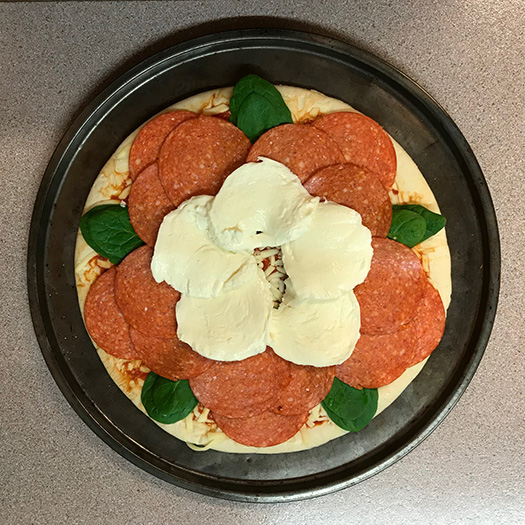
- Add a couple of spinach or basil leaves between each of the mozzarella slices.
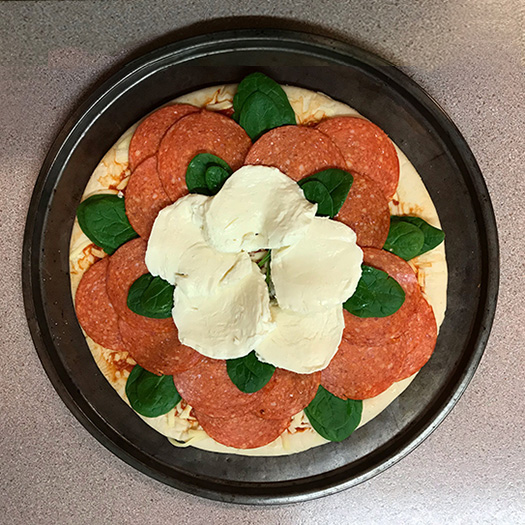
- Add a couple of spoonfuls of sweetcorn to the centre.

- Cook according to the instructions on your pizza base.
- Eat and enjoy!

The Tudor Rose brings together the Red Rose of Lancaster and the White Rose of York, as a sign of peace.
The story of ‘Romeo and Juliet’ tells us about two Italian families who are always at war with one another. In England, the Wars of the Roses were caused by two powerful families fighting to gain control of the English throne: the House of Lancaster and the House of York. The Tudor Rose unites their colours into one symbol of peace.
Shakespeare was born in 1564, during the reign of Queen Elizabeth 1, who was a Tudor.
The Rose Theatre or playhouse, was built in 1587.
The Tudor Rose appears in many Elizabethan buildings – search for pictures of these and see how many you can find.
Other History activities:
These activities will be enjoyed by children and adults of all ages.
The activities are rated according to difficulty and level of parental involvement: these descriptions are intended as a rough guide only.
We have rated them to help parents of children aged 8-13, on the assumption that above this age supervision is rarely required, and that below it, supervision is generally required.

